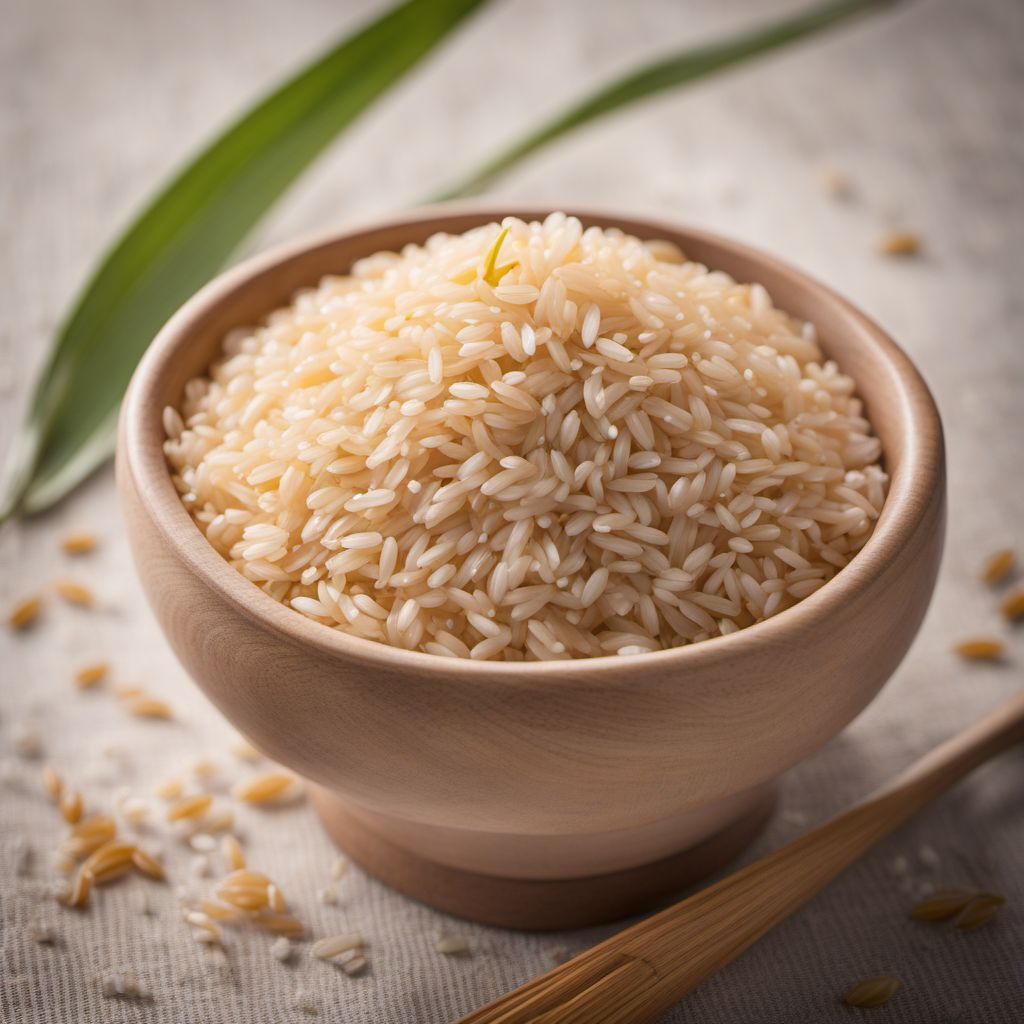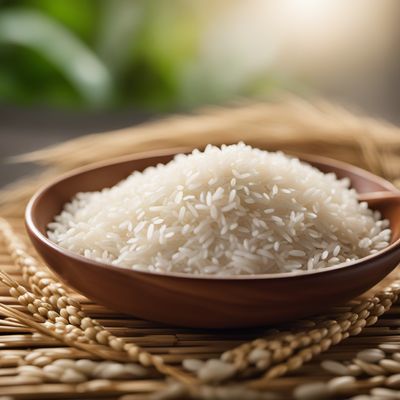
Ingredient
African rice grain
The Golden Grain of Africa
African rice grain is a short-grain variety with a golden hue and a slightly nutty flavor. It has a chewy texture and a distinct aroma that adds depth to dishes. The grains are smaller and plumper compared to other rice varieties, making it an excellent choice for pilafs, porridges, and rice-based desserts.
Origins and history
African rice grain originated in West Africa and has been cultivated for thousands of years. It played a crucial role in the diets and economies of ancient African civilizations, such as the Mali Empire and the Songhai Empire. Today, it remains an important crop in countries like Nigeria, Sierra Leone, and Guinea. Its cultivation and consumption are deeply rooted in African culture and traditions.
Nutritional information
African rice grain is a good source of carbohydrates, providing energy for the body. It also contains essential minerals like iron and magnesium, as well as B-vitamins. Additionally, it is gluten-free, making it suitable for individuals with gluten sensitivities or celiac disease.
How to select
When selecting African rice grain, look for grains that are clean, dry, and free from any signs of moisture or pests. Opt for brands or suppliers that prioritize quality and source their rice from reputable farmers. Additionally, consider purchasing fair-trade or organic varieties to support sustainable farming practices.
Storage recommendations
To maintain the freshness and quality of African rice grain, store it in an airtight container in a cool, dry place away from direct sunlight. Avoid storing it near strong-smelling ingredients as it can absorb odors. Proper storage can help extend its shelf life and prevent the growth of pests or mold.
How to produce
African rice grain can be grown in tropical and subtropical regions with adequate rainfall and warm temperatures. It requires well-drained soil and regular watering. While it can be challenging to grow outside of its native regions, it is possible to cultivate it in home gardens or small-scale farms with the right conditions and care.
Preparation tips
Before cooking African rice grain, rinse it thoroughly to remove any impurities or excess starch. For a fluffy texture, soak the rice for 30 minutes before cooking. It can be prepared using various methods such as boiling, steaming, or using a rice cooker. African rice grain is versatile and can be used in a wide range of dishes, including rice-based salads, stews, and desserts.
Culinary uses
African rice grain is commonly used in traditional African dishes such as Jollof rice, Waakye, and Thieboudienne. It is also a popular choice for rice puddings, porridges, and rice-based snacks. Its unique flavor and texture make it a favorite ingredient in African cuisine, adding depth and richness to various dishes.
Availability
African rice grain is primarily cultivated and consumed in West African countries such as Nigeria, Sierra Leone, Guinea, and Senegal. It is also found in other parts of Africa, including Ghana, Mali, and Ivory Coast.


